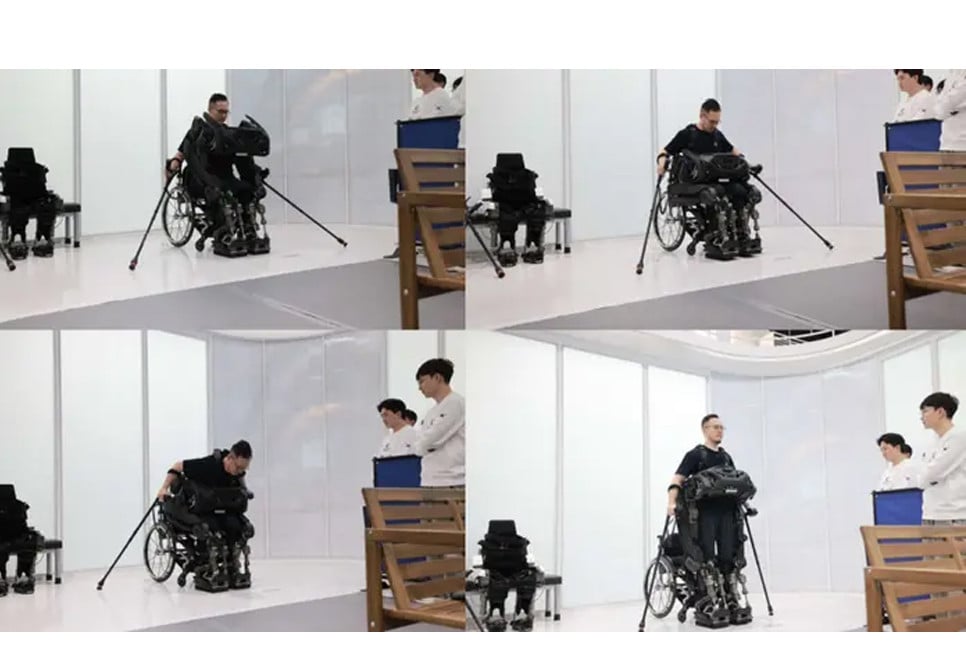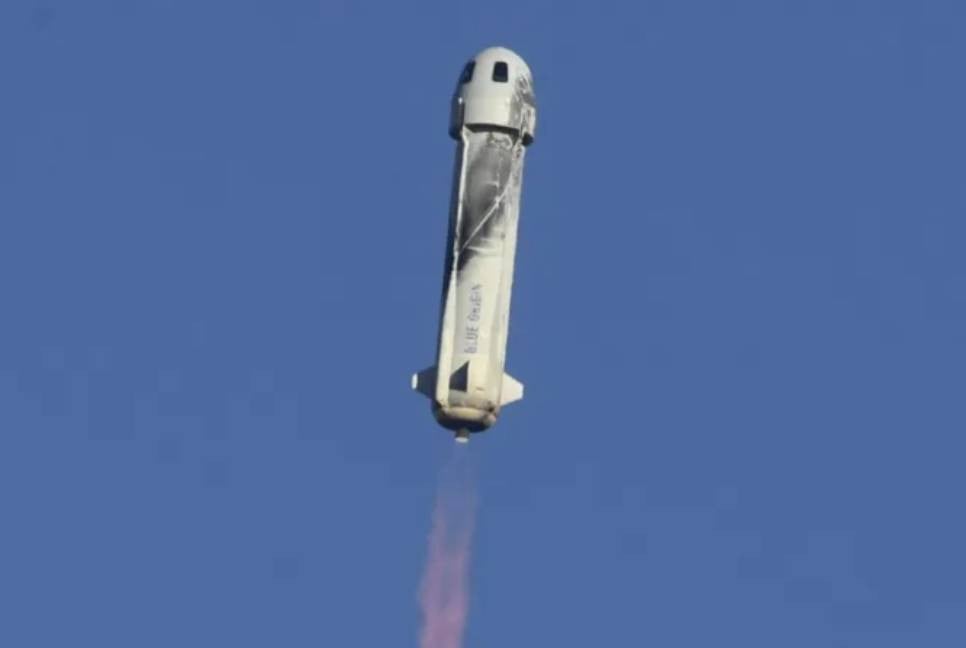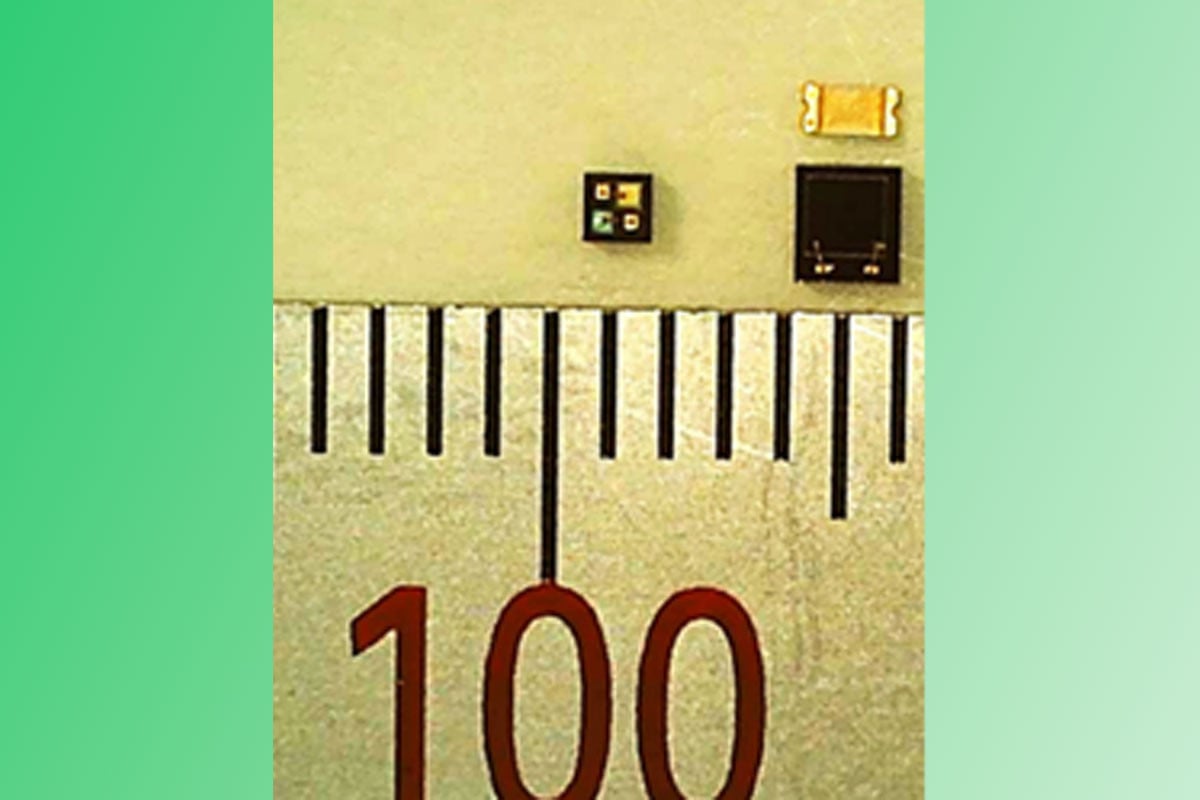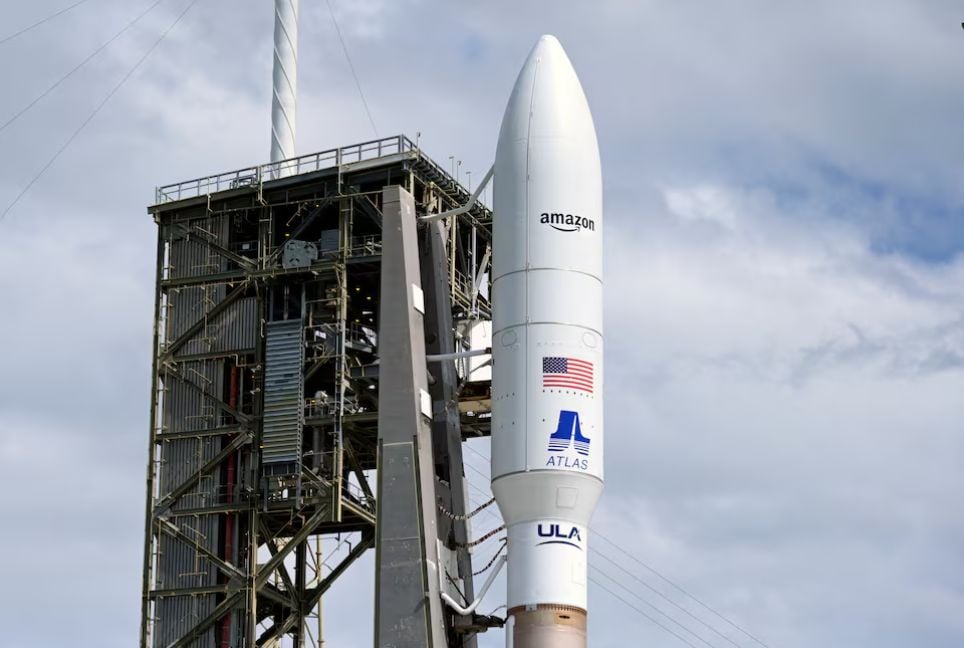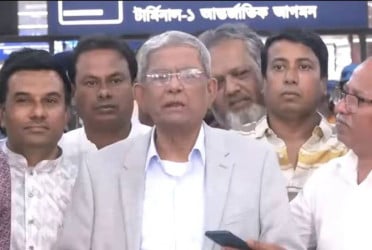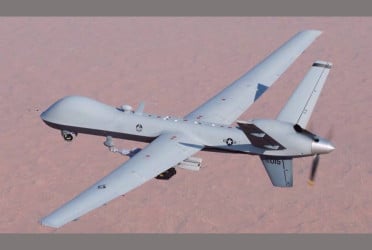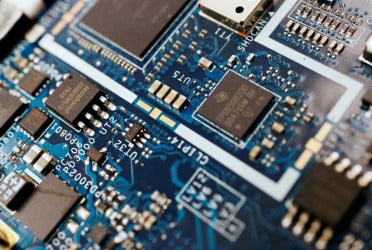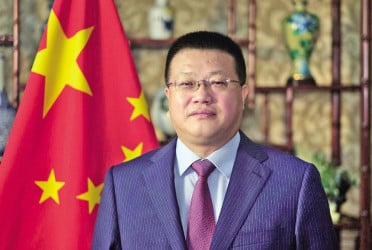Advancements in technology are transforming mobility aids for individuals with disabilities, offering new possibilities for independence. One such innovation is the WalkON Suit F1, a wearable exoskeleton developed by KAIST (Korea Advanced Institute of Science and Technology), designed specifically for paraplegic patients.
This groundbreaking device is poised to revolutionize rehabilitation and mobility, allowing users to regain the ability to walk. In this article, we explore the features, development, and potential impact of the WalkON Suit F1 on the lives of those with mobility impairments.
Imagine an exoskeleton that not only helps you walk but can actually come to you. The WalkON Suit F1, developed by KAIST, offers this groundbreaking feature, enabling it to walk over to a person in a wheelchair.
This innovation addresses a major limitation of other exoskeletons, which typically require assistants to lift users out of their wheelchairs and help them get strapped in. The WalkON Suit F1, however, features a front-docking system that allows users to don the suit while still seated in their wheelchair, significantly enhancing their independence and ease of use.
The WalkON Suit F1 incorporates a system "that actively controls the center of its weight against the pull of gravity" to prevent it from toppling over when the user stands up. In an impressive leap forward, the exoskeleton has also been designed to allow users to utilize both hands while standing upright. Moreover, the suit enables individuals to take short walks without the need for a cane, further enhancing mobility and independence.
For those interested in the technical specifics, the WalkON Suit F1 is equipped with advanced technology that distinguishes it from previous exoskeleton models.
One of its standout features is an impressive balance control system that actively manages the suit's center of weight, ensuring stability and preventing it from toppling over when the user stands. This innovation significantly enhances both the stability and confidence of the user.
The development team behind the WalkON Suit F1 has made remarkable strides in both motor and AI technology, setting the exoskeleton apart from previous models. Notably, the output density of the motors has been doubled compared to earlier versions, delivering more power in a compact form—an essential feature for a wearable device.
In addition to the motor advancements, the WalkON Suit F1 integrates AI through an onboard neural network application, allowing the suit to adapt more effectively to different users and environments. This AI integration enhances the overall user experience by providing a more personalized and responsive system.
Safety and independence are further bolstered by the inclusion of a vision recognition system, enabling the suit to detect and navigate around obstacles. This feature provides an extra layer of security for users as they move.
The team has also made significant improvements in the production of core components, with all key parts—including the motor, reducer, motor driver, and main circuit—being domestically produced. The motor's output density is now twice as high, and the motor driver's control performance is about three times more efficient than the best overseas technologies, marking a major leap forward in wearable robotics.
You might be wondering, "Does this technology really work?" Well, the WalkON Suit F1 proved itself at the 2024 Cybathlon—essentially the Olympics for assistive technologies. The suit’s pilot, Seunghwan Kim, completed all the challenges in just 6 minutes and 41 seconds, taking first place. Tasks like sidestepping through narrow spaces, moving boxes, and even prepping food were all tackled effortlessly—without the need for crutches.
Professor Kyoung-Chul Kong, from KAIST's Department of Mechanical Engineering, has been pioneering exoskeleton technology since 2015. The first WalkON Suit debuted in 2016, and by 2020, the WalkON Suit 4.0 could reach an impressive 1.98 mph, almost jogging speed for an exoskeleton.
The WalkON Suit F1 represents a major leap forward in providing independence and mobility to individuals with paraplegia. As Professor Kong puts it, this suit is "The culmination of wearable robot technology for the disabled," setting new standards for the industry. With ongoing advancements, it’s exciting to think about a future where these suits help people live life to the fullest, possibly even zipping through our cities in the years to come.
(Source: FOXNEWS)
BD-Pratidin English/Mazdud

